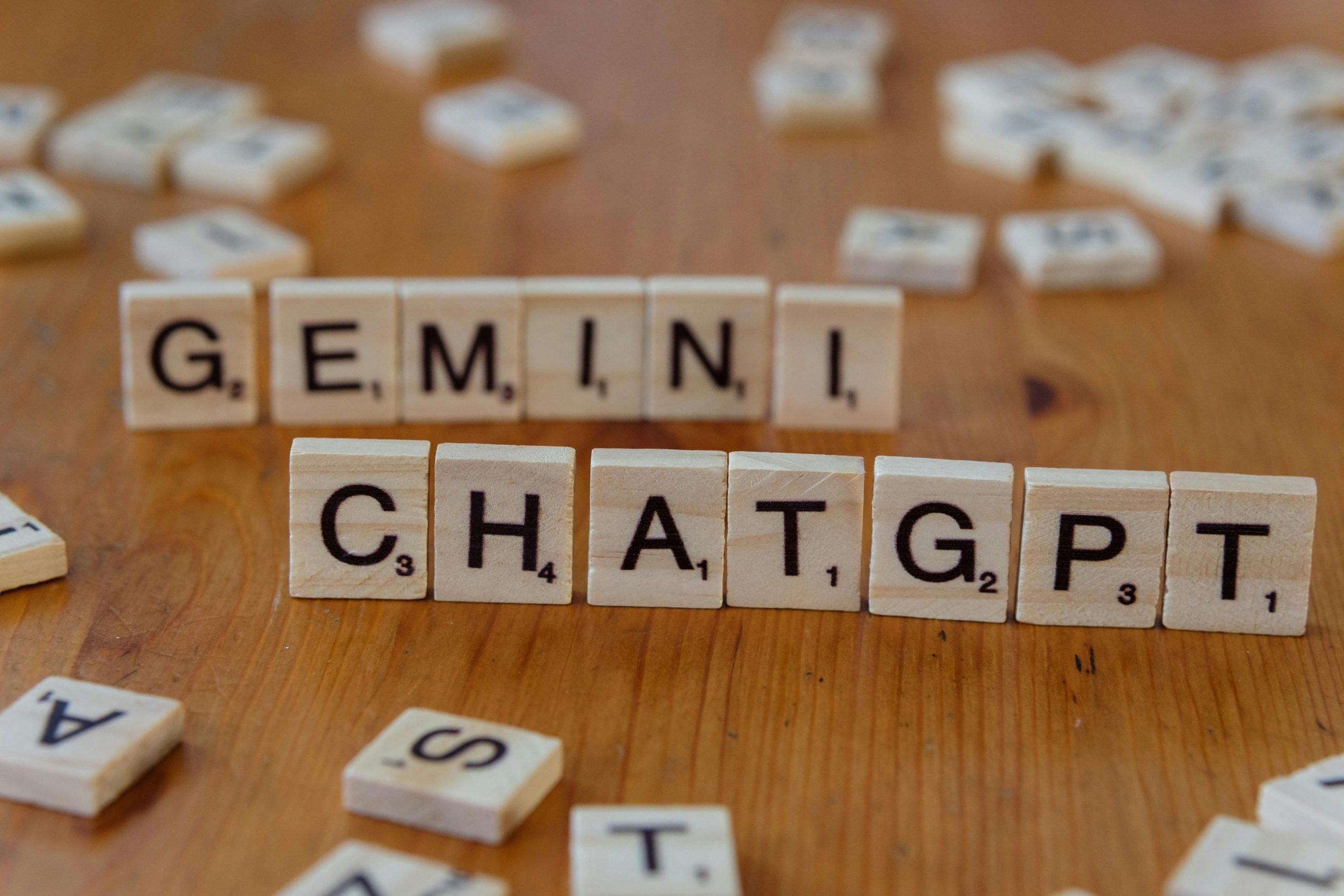My employer suspects I’m cheating due to my use of AI to manage workload
Harnessing AI to Boost Workplace Productivity: A Personal Experience
In the fast-paced environment of operations management within a mid-sized company, staying organized and efficient can be a daunting challenge. Between countless emails, follow-ups, task management, and meetings, it’s easy to feel overwhelmed and lose track of priorities.
Recently, I began exploring innovative solutions to streamline my workflow. I integrated AI tools such as ChatGPT into my daily routine—using them to analyze notes, manage to-do lists, respond to emails, and generate daily plans with follow-up reminders. This automation helped me stay focused, organized, and punctual, significantly improving my performance and reducing stress.
However, this technological approach didn’t sit well with everyone. My supervisor, who has been notably skeptical of AI, noticed my increased efficiency. During a one-on-one, he expressed concerns, implying that relying on AI made the team “look bad” and suggesting that “real work” demands more time and effort.
This interaction has created an awkward atmosphere at work. It appears there’s a misconception that leveraging AI equates to cutting corners or avoiding effort. In reality, I see these tools as a means to enhance productivity—allowing me to work smarter, not harder. Using technology to manage tasks efficiently aligns with modern work principles and aims to deliver better results without unnecessary stress.
Ultimately, integrating AI into my workflow is about optimizing my capabilities and ensuring quality output. It’s not about outsourcing my responsibilities but embracing efficient methods to meet the demands of today’s dynamic work environment. After all, technology’s purpose is to empower us to perform better and focus on what truly matters.














Post Comment